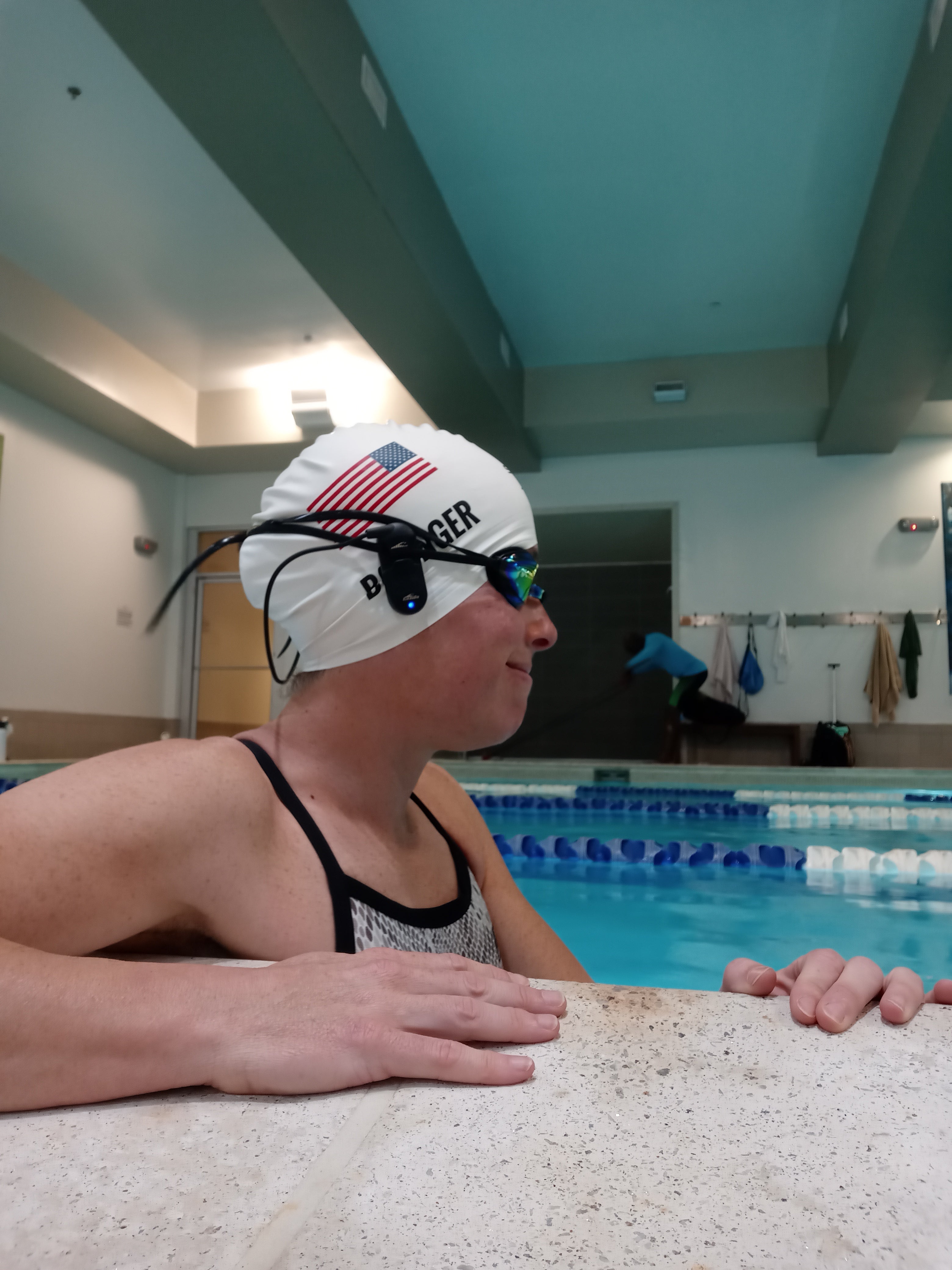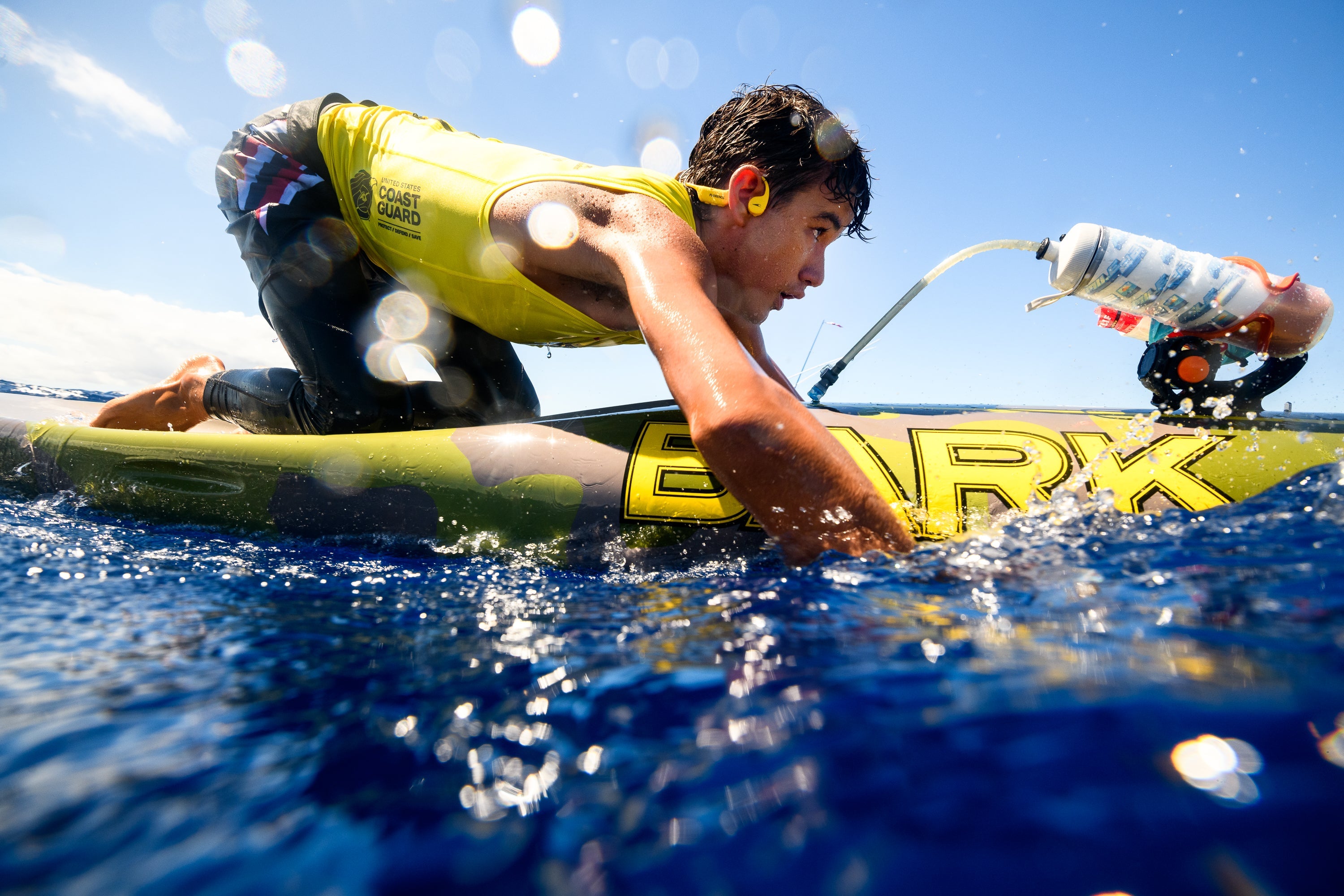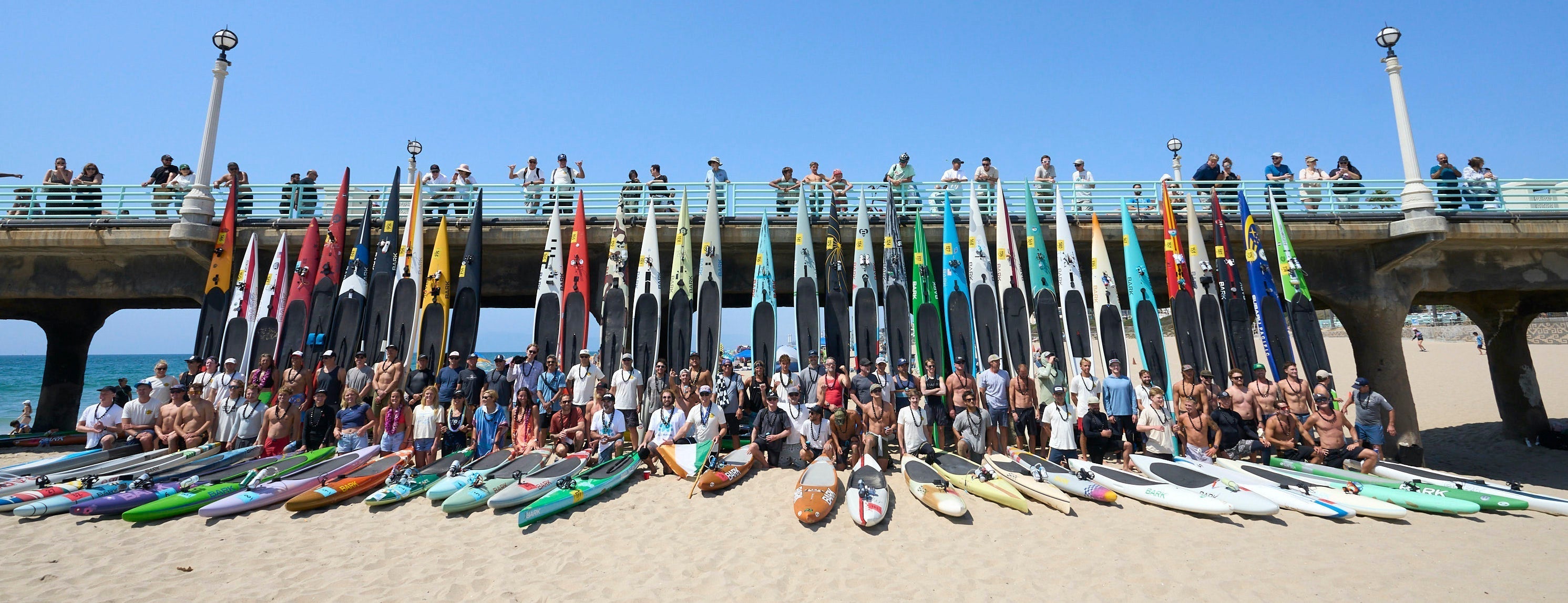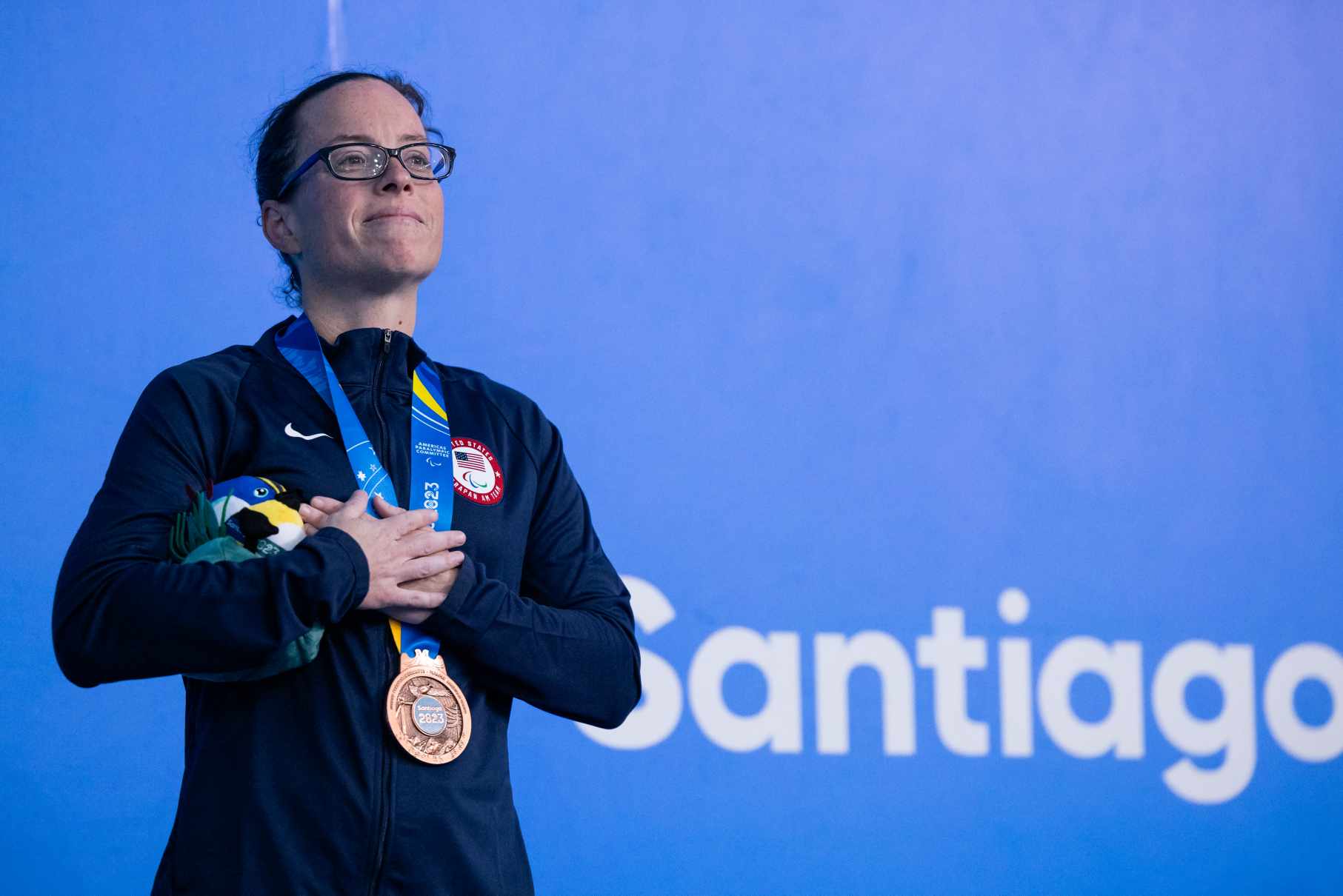Sarah Bofinger is a Paralympic-level swimmer, a fierce advocate for disability awareness, and a proud H2O Audio ambassador. Born with hip dysplasia, Sarah has spent her life learning how to move differently — not out of limitation, but out of deep awareness, discipline, and strength. From earning a bronze medal in the 100-meter breaststroke at the Parapan American Games in Santiago (2023) to training daily with intention, she’s a reminder that elite performance can coexist with chronic conditions — and that resilience isn’t just built in the gym or the pool, but in every decision to keep going.
In this four-part blog series, Sarah shares what it means to train with hip dysplasia, fuel for joint health, stay mentally strong through setbacks, and ultimately, redefine success through movement. Her journey is deeply personal, but her insights are universal — whether you’re an athlete navigating your own path or someone simply learning how to listen to your body and lead with purpose.
Week 1: Training for Function with Hip Dysplasia
Adapting Breaststroke to Protect the Hips
- Modified the kick to reduce outward rotation and strain on the hip socket.
- Emphasizing a narrower, more controlled whip kick to stay within pain-free range.
- Focus on glide efficiency to reduce repetitive joint loading.
Functional Strength & Mobility Routines
- Daily hip mobility drills: gentle internal/external rotation and band-assisted stretches.
- Prioritizing core and glute engagement over hip flexors to stabilize movement in the pool.
- Incorporating resistance bands & weights to strengthen hip-supporting muscles without overloading the joint.
Technique Tweaks That Make a Difference
- Drills emphasizing hip-neutral alignment, especially during the kick phase.
- Pull-focused breaststroke sets to allow active recovery for the hips while maintaining aerobic capacity.
- Underwater dolphin kicks during turns and starts replaced with gentle flutter to minimize joint torque.
Recovery and Awareness
- Adding post-swim static stretching and foam rolling for hip adductors and glutes.
- Logging pain and mobility levels after each session to adjust the next day’s training volume.
- Weekly self-check-ins to balance performance goals with joint preservation.





Share:
Pro Triathlete Simon Shi: Racing Through My Roots: Ironman 70.3 Shanghai and How H2O Audio Helped Me Get There
Meet Kelsie Grant: Lifeguard. Sailor. Paddler. Water Woman. | Part 1